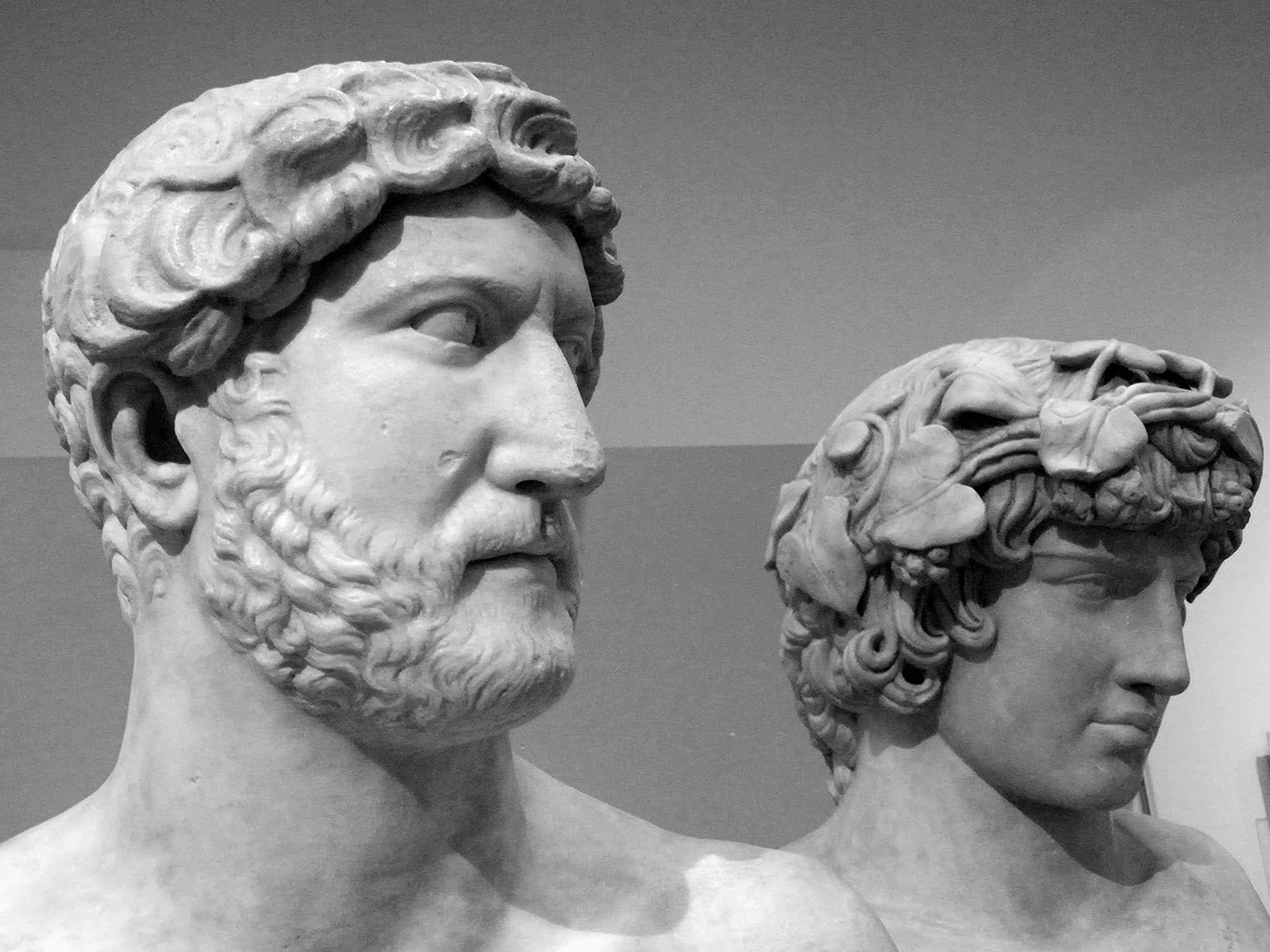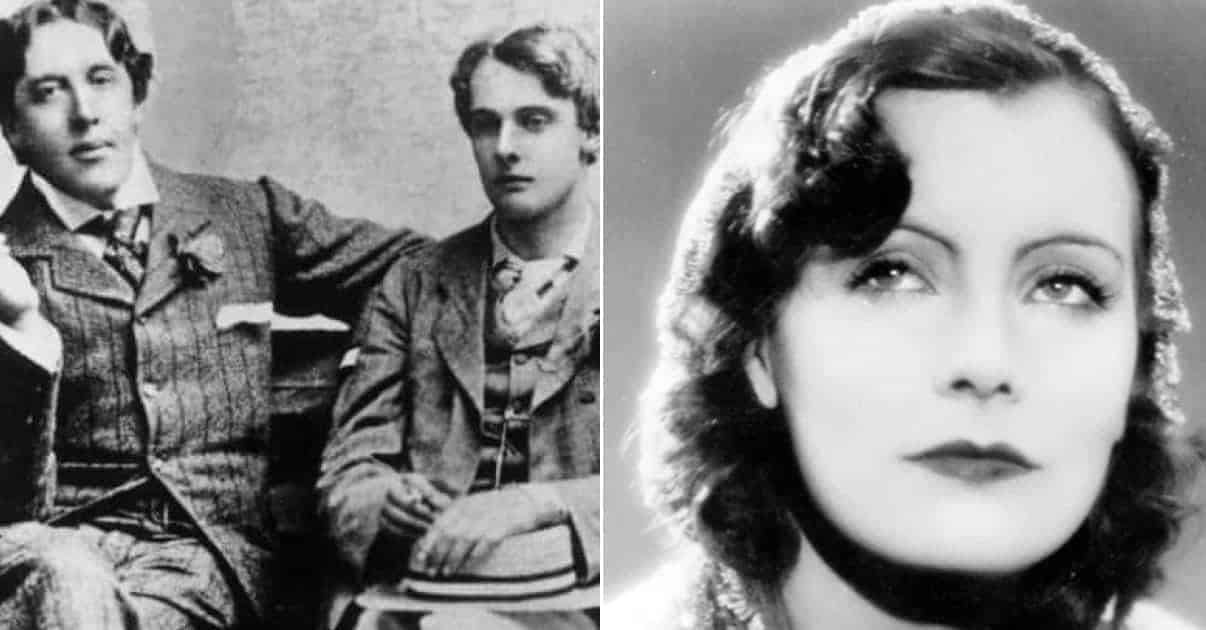“Behind every great man, there is a great woman,” or so the saying goes. But, in some cases, great men in history have been supported – and loved – by members of the same sex. Similarly, over the centuries, women have not always played second fiddle to men, with numerous examples of two ladies of literature or science forming loving bonds with fellow females.
Of course, people weren’t always as accepting of same-sex relationships as they tend to be today. In many cases, such unions might have been kept secret or covered up to protect an individual’s reputation. However, some loves were just too great to be lost in the passages of time. Thanks to the clues they left behind, including diaries and letters to the objects of their affection, we can be pretty certain that some of the most notable figures of times past gave their hearts to members of the same sex. Here are just a few of those men and women:

Hadrian and Antinous
Hadrian, who ruled over the Roman Empire from AD117 to 138, was hardly the first – or indeed the last – emperor to take a male lover. In fact, it was relatively commonplace for the elite of ancient Roman society to enjoy sexual relations with male slaves while also having a wife and family. What made Hadrian unique, however, was the intensity of his relationship with Antinous, a slave of Greek origin who would be his partner, and in many ways his equal, for decades.
Very little is known about the early life of Antinous – hardly surprising given his lowly origins. However, once he caught the eye of the Emperor, he became one of the best-known figures in the whole of the vast Empire. The couple were regularly seen together, including at affairs of the state, much to the disapproval of certain elements of the Roman elite. What’s more, while most Emperors chose to leave their loved ones in Rome as they traveled the world inspecting the Empire over which they ruled, Hadrian broke with tradition and had Antinous accompany him across large swathes of Europe, Asia and northern Africa. So, while Hadrian was indeed married to a woman from a good Roman family, there was little doubt about the nature of his relationship with Antinous, which is what makes the ending of the love story even more tragic.
In the year 130, the happy couple were sailing along the River Nile in Egypt when Antinous fell in and drowned. Quite how this happened has been the source of much debate over the centuries: was it simply a tragic accident, or was he murdered to save the Emperor’s reputation or did he even kill himself to ensure his lover would go down in history as a ruler and statesman rather than being remembered for his sexuality?
What isn’t in doubt is how much the tragedy shook Hadrian. In his grief, the Emperor established a city, named Antinopolis, close to the site of his lover’s demise, and he even decreed that Antinous be worshiped as a god in temples across the Empire. Even though such religious reverence was first frowned upon and then banned by latter Emperors, most notably by Christian rulers, to this day, dozens of the statues Hadrian ordered made to honor his partner survive, an enduring testament to their love.
Hadrian, whose unhappy marriage ended to his death, was to remain childless, a situation which ensured a complicated transition of power when his end came. He is regarded as one of the ‘Five Good Emperors of Rome‘ and, while undoubtedly guilty of harsh feats of tyranny and even cruelty, is also remembered for being one of the era’s most loving rulers, not least thanks to the closeness of his deep and passionate relationship with his beloved Antinous.

